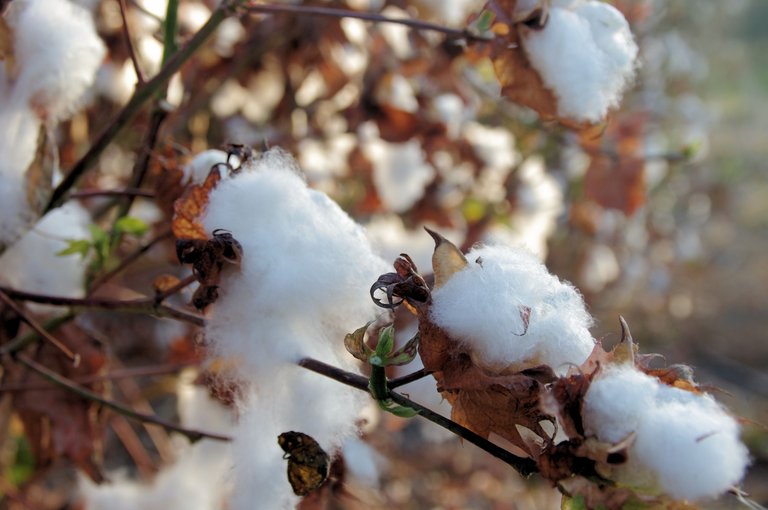Cotton, the fluffy capsule collected around the seed of the cotton plant, is an important export from several locations around the world, including the UK. As cotton producers pick up fluffy fibers, they are often grouped into bales.Once they have sizeable number of them, these are then shipped to factories. There are specifically designed conveyors and machinery to separate the cotton fibers into individual units. These units are then interlocked into a number of individual fibers which is then converted to cotton threads. Once the cotton is threaded, the number of uses for the product is considerably extended: threads, thread laces and even "gun cotton". The gun cotton is basically used in time of war. If cotton is going to be used for clothing only, in that case it will be dyed, which will be used to produce soft, durable and attractive material.

In Looms, there are large machines and other devices which are used for holding large amount of horizontal and vertical threads, on which the workers will weave cotton. In this age of modernization, some looms have even deployed robots which does this for them. These threads are then added one by one horizontally and vertically by workers, which are then joined together to create a solid piece of cloth. The fabric is created in this way, which can be used to create anything out of it. In many cases, it is even sold to other factories/ firms who will then create consumer fabrics out of it.
Fabric on clothes
With cotton fibers converted into yarns and woven into cloth, they are ready to complete their transition to clothing. Depending on the designer and technology, the fabric can go to a seamstress or tailor for careful and meticulous work, or is placed on machines for cutting and bending quickly. Whether by hand or machine, workers use a pattern to ensure consistent and useful clothing designs. A shirt pattern, for example, can be designed to measure a certain number of inches in the chest, along the sleeve or around the neck; The pattern sets the dimensions to cut cotton fabric in these precise measurements. Workers or machines then sew pieces of fabric from the pattern, add hems, cuffs, buttons, fasteners or other ornaments; and finish the clothes with embroidery or other design work.
Congratulations @luciejohn! You have received a personal award!
Click on the badge to view your Board of Honor.
Do not miss the last post from @steemitboard!
Participate in the SteemitBoard World Cup Contest!
Collect World Cup badges and win free SBD
Support the Gold Sponsors of the contest: @good-karma and @lukestokes
Congratulations @luciejohn! You received a personal award!
You can view your badges on your Steem Board and compare to others on the Steem Ranking
Vote for @Steemitboard as a witness to get one more award and increased upvotes!